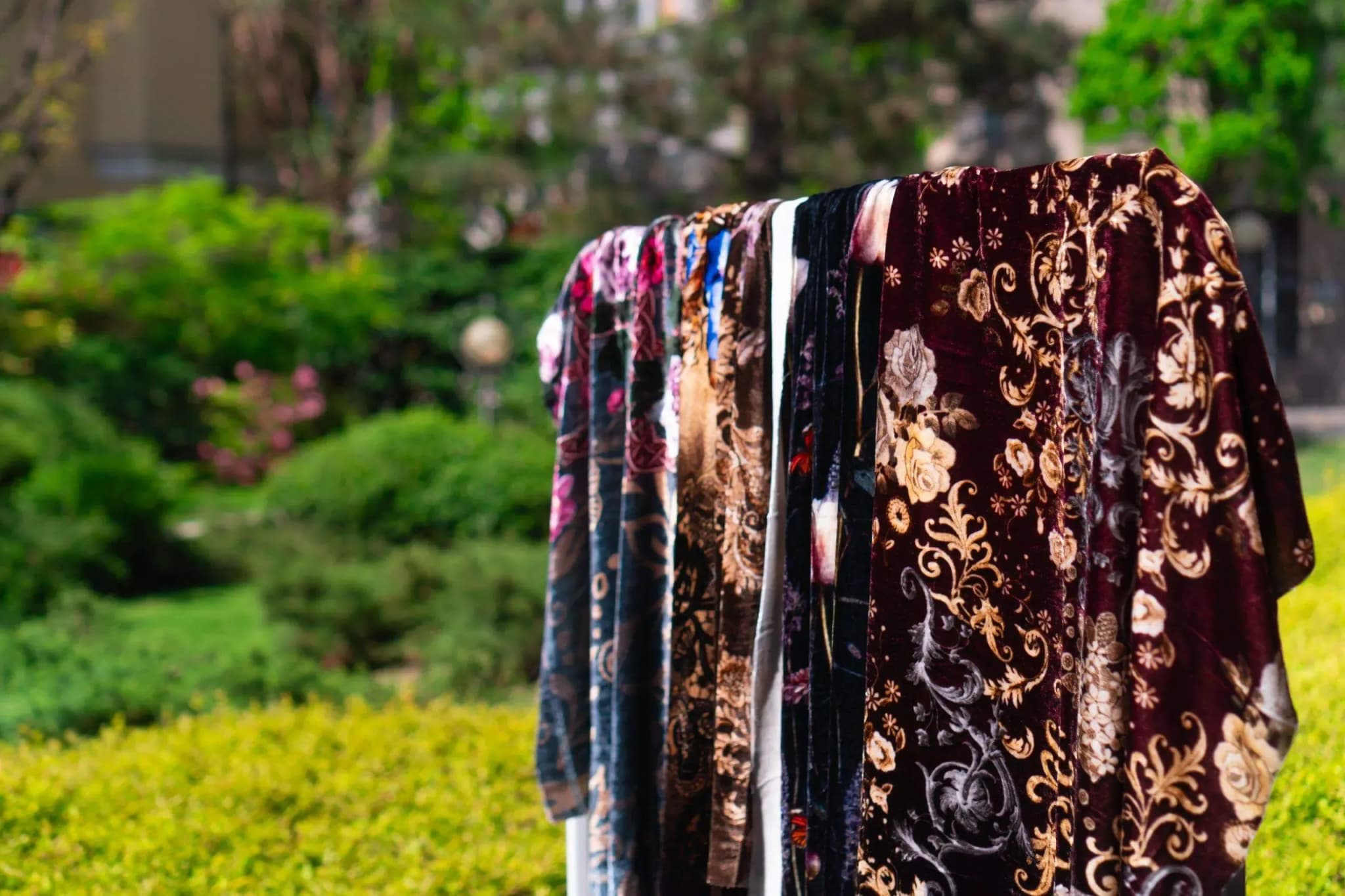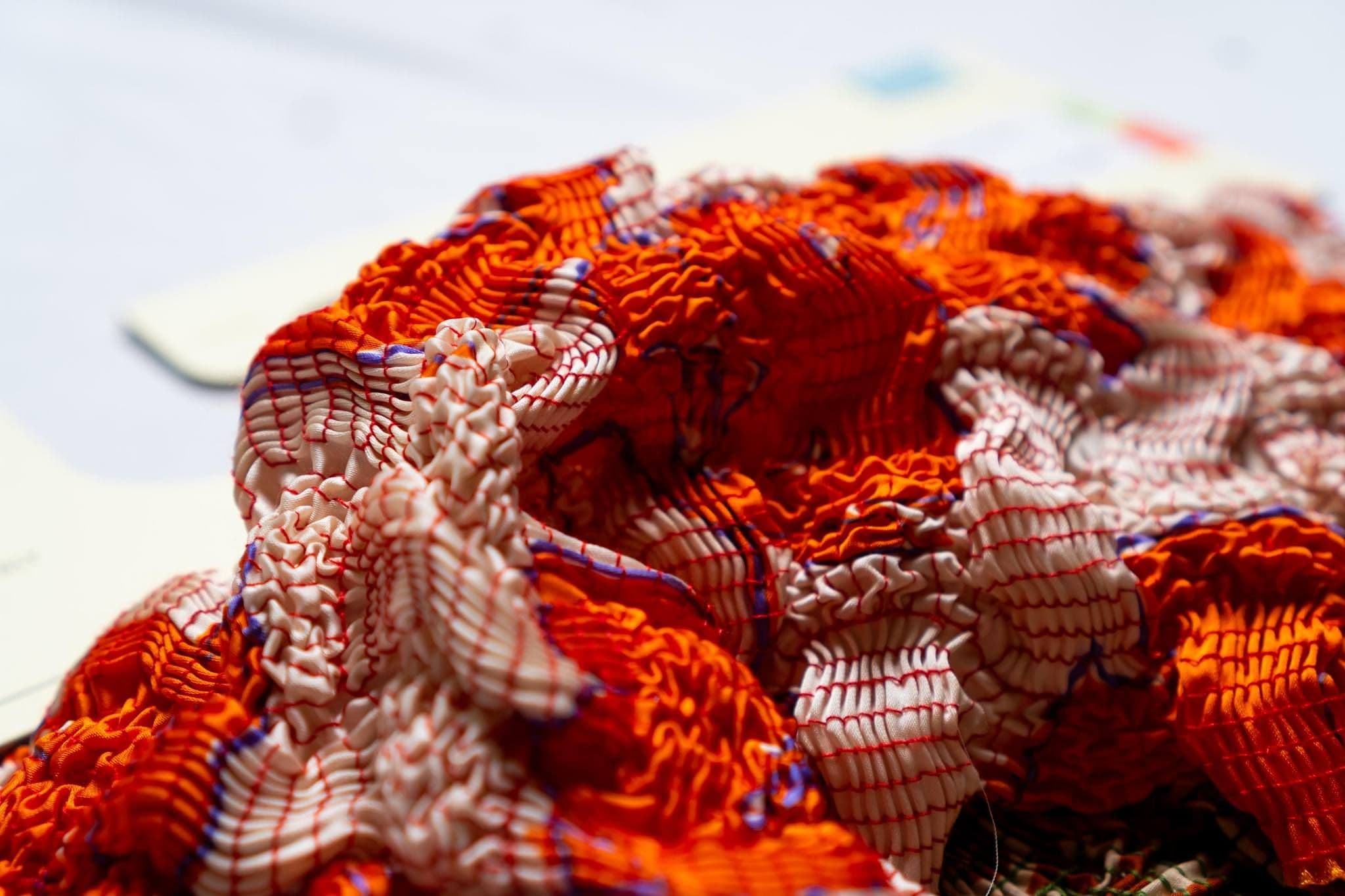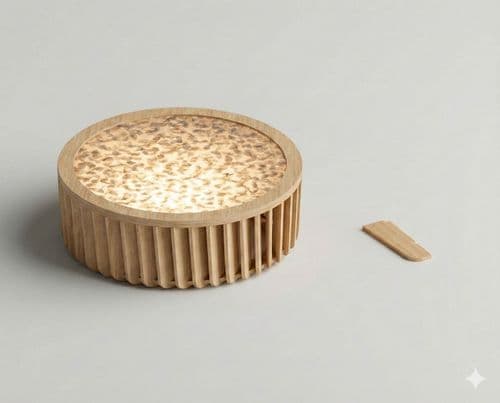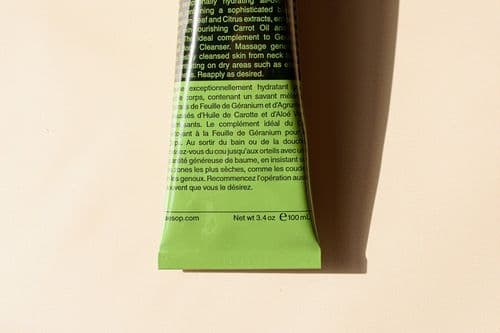Key Points
- ARNIA Textile Fashion: Craftspeople work alongside R&D on new fibres (lotus, rose, mint), mineral dyeing, and lower-water digital printing.
- Systematic trials on GRS recycled, GOTS cotton, FSC viscose, ECOVERO to hit performance and keep collections consistent.
- Full certifications, supplier Code of Ethics, due-diligence; traceability info available online; MOQs handled pragmatically.
- Just-in-time (no stock), default country exclusivity; pick digital print for flexibility, jacquard/embroidery when budgets allow.
- Fair pricing and long-term artisan contracts protect savoir-faire; the most valuable digital aid is verified compliance, but a qualified sourcing partner still prevents costly mistakes.
Full interview with Carlo Rola - CEO of ARNIA Textile Fashion
Italian textiles are celebrated for their savoir-faire. How do you integrate artisanal mastery with material innovation so that sustainability becomes a natural extension of craftsmanship rather than an imposed constraint?
We don’t see tradition as something to preserve under glass, but as a living force that continuously renews itself. Our Partners of our Supply Chain - our artisans- carry centuries of savoir-faire, yet we place them side by side with innovation - whether it is experimenting with lotus, rose, or mint fibers, testing mineral dyeing, or introducing digital printing that consumes less water. This constant dialogue means sustainability isn’t an obligation; it’s simply the most authentic way to express beauty today.

Many fibres, natural, recycled, or bio-based, behave differently under weaving, dyeing, or finishing. How do you evaluate their suitability for high-performance textiles while maintaining consistency across collections?
Every fiber has its own personality: its strengths, its limits. We don’t impose a “one-size-fits-all” approach. Instead, we run constant trials on GRS recycled fibers, GOTS organic cotton, FSC viscose, and ECOVERO blends. Through close partnerships with our local supply chain mills, we ensure both technical consistency and aesthetic coherence across collections. It’s about orchestrating harmony, different voices, one unique sustainable profile.
Traceability is becoming as important as quality. How do you document and verify each stage of your sourcing journey so that buyers can trust both provenance and performance?
For us, traceability is all about accountability and transparency. Every step of our sourcing journey is documented and supported by internationally recognized certifications, while our suppliers sign our Code of Ethics and undergo a structured Due Diligence process. This ensures that the ECO fabrics we produce are not just sustainable in name, but verifiably so, with information that can be easily checked online.
We believe that when brands choose Arnia, they don’t simply buy a fabric - they inherit a transparent story of provenance, ethics, and performance that they can confidently share with their clients. At the same time, we recognize that sustainability is a process of continuous improvement, where technical challenges and minimum order quantities (MOQ) must be addressed pragmatically.

Italian mills have a deep heritage in hand-finishing techniques. Which traditional processes have proven adaptable to modern ecological or low-impact requirements, and which resist such adaptation?
Some traditions adapt beautifully: pleating, natural dyeing, or certain embroidery techniques can be aligned with ecological practices. Others, still tied to outdated chemicals, resist change. Our role is to act as a bridge: when tradition cannot adapt, we reinvent, ensuring that heritage does not become a museum piece but a living laboratory for the future.
At the same time, we must stress that in the global fashion market, repeatability of results is fundamental. Too often, “artisanal” can mean that a technique cannot be reproduced consistently, or that imperfections are considered part of the fabric’s character. But when a client develops a sample, it must be possible to reproduce it with the same quality and precision on a larger scale. Any critical issues must be solved during the design stage.
Many clients now demand small-batch exclusivity. What innovations in material preparation or digital tools allow you to deliver bespoke textiles without creating excess inventory?
Exclusivity is the soul of luxury. But exclusivity must not equal waste. With our just-in-time model, we produce only what is ordered, nothing more. No warehouses, no unsold leftovers. This approach gives each brand its unique fabric while reducing environmental impact. It’s what we call “tailored industrialism”, bespoke at scale, without the burden of overproduction.
At the same time, personalization allows us to create truly exclusive variations and chromatic combinations, even starting from designs and models that are not protected by exclusivity rights. We guarantee by default a “country exclusivity”: the first client who samples or purchases a fabric becomes the only one to have access to it in that specific market.
Of course, we must also be pragmatic: not every technique lends itself to unique designs for each client. For example, jacquards and embroideries involve higher setup and tooling costs compared to digital printing, which allows much greater flexibility. Still, this is precisely where our role as a qualified partner becomes essential, we are able to balance exclusivity, luxury, sustainability, and cost-efficiency, ensuring that every personalized project enhances creativity while minimizing its environmental and economic impact.
Given the complexity of fibre sourcing, what would be most useful in a digital co-pilot for suppliers: speed of discovery, verified compliance, or comparative performance data?
All three are useful, but verified compliance is paramount. Today’s brands don’t only want inspiration, they want guarantees. Knowing that a fabric is not only beautiful but also ethical and safe is the real competitive edge. Digital tools should provide certainty, not slogans.
That said, we believe the real value lies not in a digital co-pilot, but in having a qualified partner who acts as a true project manager for textile sourcing. Someone who understands not only the technical side of fabrics but also the business challenges of fashion, guiding clients towards the most suitable solutions for their collections.
In our experience, no digital tool can replace the foresight of an expert technician who is able to anticipate problems before they occur, prevent critical issues in production, and translate sustainability goals into concrete, achievable results. This is exactly the role we play: a partner who is both a technical guide and a safeguard, ensuring that sourcing is not just fast or certified, but truly reliable, sustainable, and tailored to the client’s vision.

Balancing artisan livelihoods with industrial-scale orders is delicate. How do you structure collaborations so that local savoir faire is preserved while still meeting international market demands?
We care deeply about our supply chain, and we treat it with a true fair trade approach: precise payments, fair prices, and long-term partnerships built on respect. For our clients, we guarantee quality, precision, and timely delivery, but in return, we ask our suppliers for maximum commitment and excellence.
It’s important that brands understand that quality has a cost. Preserving savoir-faire, know-how, and true craftsmanship cannot be achieved by cutting corners or driving prices down.








